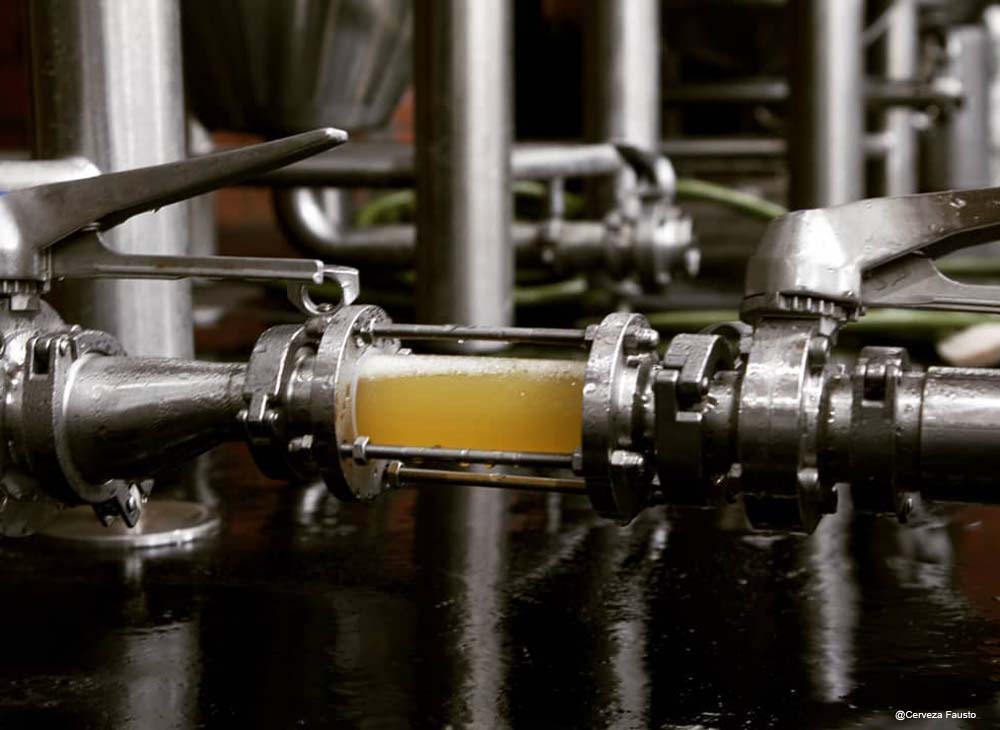Guide to Beer Line Cleaning: Tips, Beer Equipment, FAQs
- Jun 26, 2021
- 171
- tiantai
Even the best beer equipment can be ruined if it is run through a moldy, clogged, or flavor-stained beer line. Draft beer lines need to be cleaned regularly in order to avoid issues that can greatly affect the taste and quality of the beer running through them.
What Causes Beer Lines to Get Dirty?
Things like bacteria, yeast, mold, and beer stone can build up inside the beer If you leave it up to fate and avoid cleaning, you’ll risk serving foul-tasting or potentially harmful or sickening beer.Surely, cleaning isn’t everybody’s favorite activity, but it is necessary. And if you really aren’t looking to spend the time or energy to do take this task on in-house, you can always look into a bar line cleaning service to do it for you.
Bacteria
The bacteria found in beer don’t pose health hazards of their own, but they can affect the smell and look of a beer in addition to making a beer taste sour or like rotten eggs.

Yeast
Yeast is a fungus that we use to ferment beer. It turns the sugar in the brew into carbon dioxide and alcohol. Small amounts of yeast, either from the air or left over from the beer itself, can build up in your draft lines, altering the taste of the beer it can clog them and affect the taste of the beer running through. This usually happens around drains, faucets, or keg couplers, components of the system that are often exposed to air.
Mold
Mold is a type of fungus that, when consumed, can pose a health risk in addition to throwing off the taste of any draft beer. Because it typically comes from the air, mold is more often found in those same areas of the draft system that have a lot of contact with the air. Mold is often a darker green or black color, and in addition to making beer taste spoiled or actually moldy, it can wreak havoc on the ingester’s digestive system.
Beer Stone
Calcium, Oxalic acids, and salt from beer can combine in cold temperatures to form deposits of Calcium Oxalate, often called Beer Stone. These deposits end up accumulating and taking on bacteria, yeast, and mold, and eventually ends up affecting a beer’s taste, affecting the flow of the beer through the draft lines, and even coming out with the beer into a drinking glass.
This funky taste is most notable when beer has been sitting in a line for a longer amount of time, like at the beginning of the day. Because it accumulates like this, beer stone is also harder to remove the longer it is allowed to sit and build on itself.
How Regularly Do Beer Lines Need to be Cleaned?
First off, do some homework! Certain states have specific requirements and guidelines for the frequency of cleaning a draft beer system. In general, though, it is wise to follow the following ground rules:Every Two Weeks: Clean draft lines at least once every two weeks with an alkaline detergent cleaner. Make sure you disassemble and clean the faucets as well.
Quarterly: Perform an acid cleaning to break down and wash away beer stone.
Annually: Vinyl jumpers and vinyl direct draw lines should be replaced annually. Especially funky flavors may leave a permanent flavor in the line, so you may want to replace it after running something like that.
As Needed: Check, clean, and/or replace couples, bottom seals, and O-rings.



.jpg)
